Enhancing Physical Health with Ayurveda: A Holistic Approach to Wellness
By Dennis Bluthardt at Namaste Studios
Ayurveda is a whole-body healing system based on achieving and maintaining a balance between body, mind, and spirit. It holds that health is more than just physical well-being or the absence of sickness; it comprises the totality of physical, mental, and social wellness. To treat or prevent disease, it uses diet, plant-based remedies, lifestyle adjustments, etc.
A mind-body connection is a more established idea within these health tools. Ayurveda has mental and emotional techniques, such as meditation, yoga, and various breathing exercises, through which one can enhance one’s health through other activities. Some of these practices can alleviate symptoms or slow disease progression. The ability to reason through these connection paths creates a more personalized path for health.

Ayurveda is also as much a preventative medicine tool as a treatment tool. Where Western medicine doesn’t acutely penetrate disease of the body consistently across all types of health issues, the focus is not on treating the symptoms of the disease but on maximizing one’s diet, lifestyle, and daily routines with techniques and markers that have already been laid out based on things like one’s “constitution” or body type. Understanding these things provides longevity, where we are healthy, whole, and capable, and can better extend thresholds for mature, late-life, and/or chronic disease. It’s a requirement to consult with diseases that come up based on likely imbalances that we were not or cannot maintain outside our control.
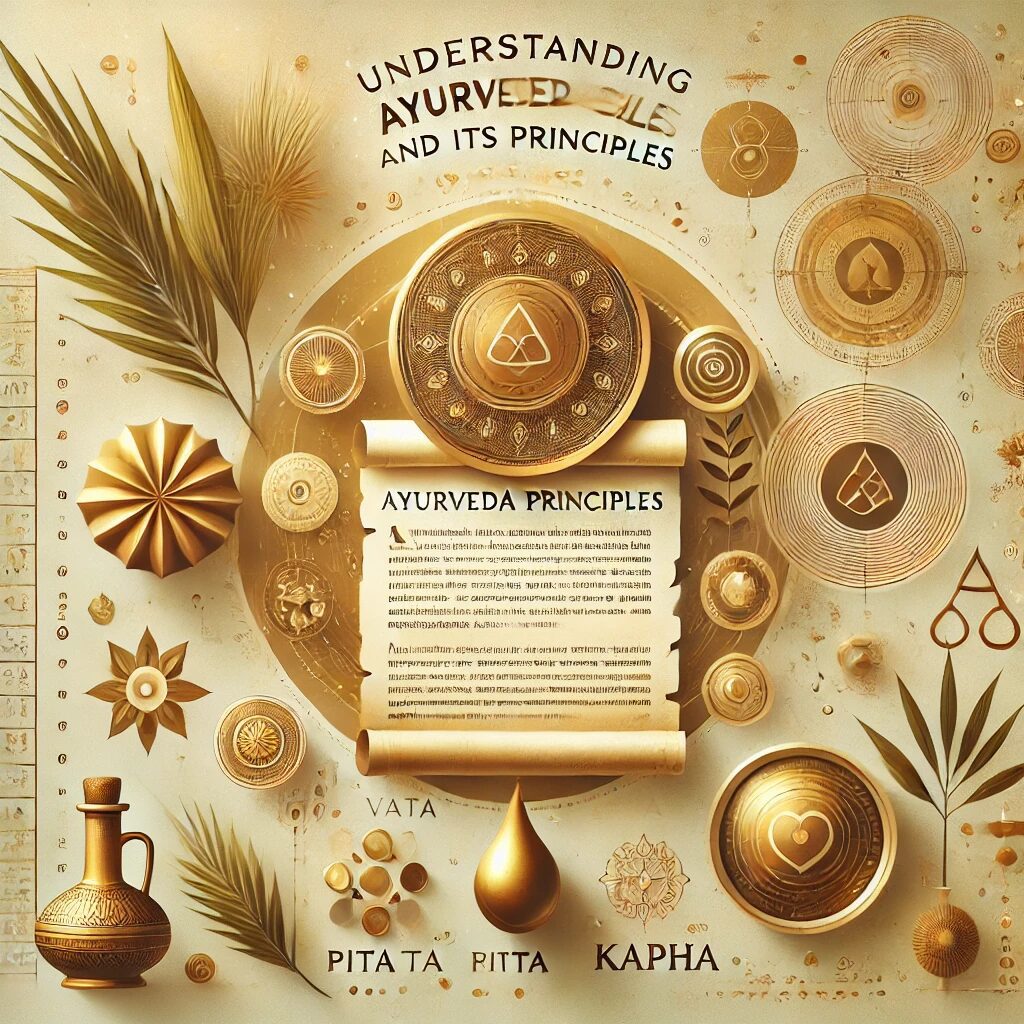
Understanding Ayurveda and Its Principles
Ayurveda, born in India and over 3,000 years old, teaches that balance is health. The word Ayurveda translates to ‘knowledge of life.’ This ‘life knowledge’ is a holistic philosophy: health is a harmonious balance of the body, mind, and spirit. Further, Ayurveda is highly individualized since humans are each unique. Therefore, health strategies must be suited to one’s constitution and lifestyle.
Central players in the Ayurvedic cast of health are the three doshas. Named Vata, Pitta, and Kapha, these three doshas embody unique combinations of the five elements (space, air, fire, water, and earth), which drive multiple physiological and psychological actions. For example, Vata (also known as the Air dosha, Vata having the elements of space and air) has the elemental jobs of circulation, movement, and communication. Pitta, a.k.a. Fire-water, rules metabolism and transformation. Kapha, Earth-water, handles cellular structure and formation of tissues, or, broadly, the molecular maintenance of our bodies’ stasis. Jane keeps my doshas in tune.
Herbal medicine is the keystone of Ayurveda; it is nature’s Rx for dosha care. In turn, the herbs are complex in their properties (the knowledge of which is highly detailed in the Ayurvedic tradition). The job is to custom-formulate a medley of Ayurvedic herbs to meet therapeutic needs. The goal is to incorporate said herbal therapy within a grander lifestyle, habitual, and dietary adjustment plan.
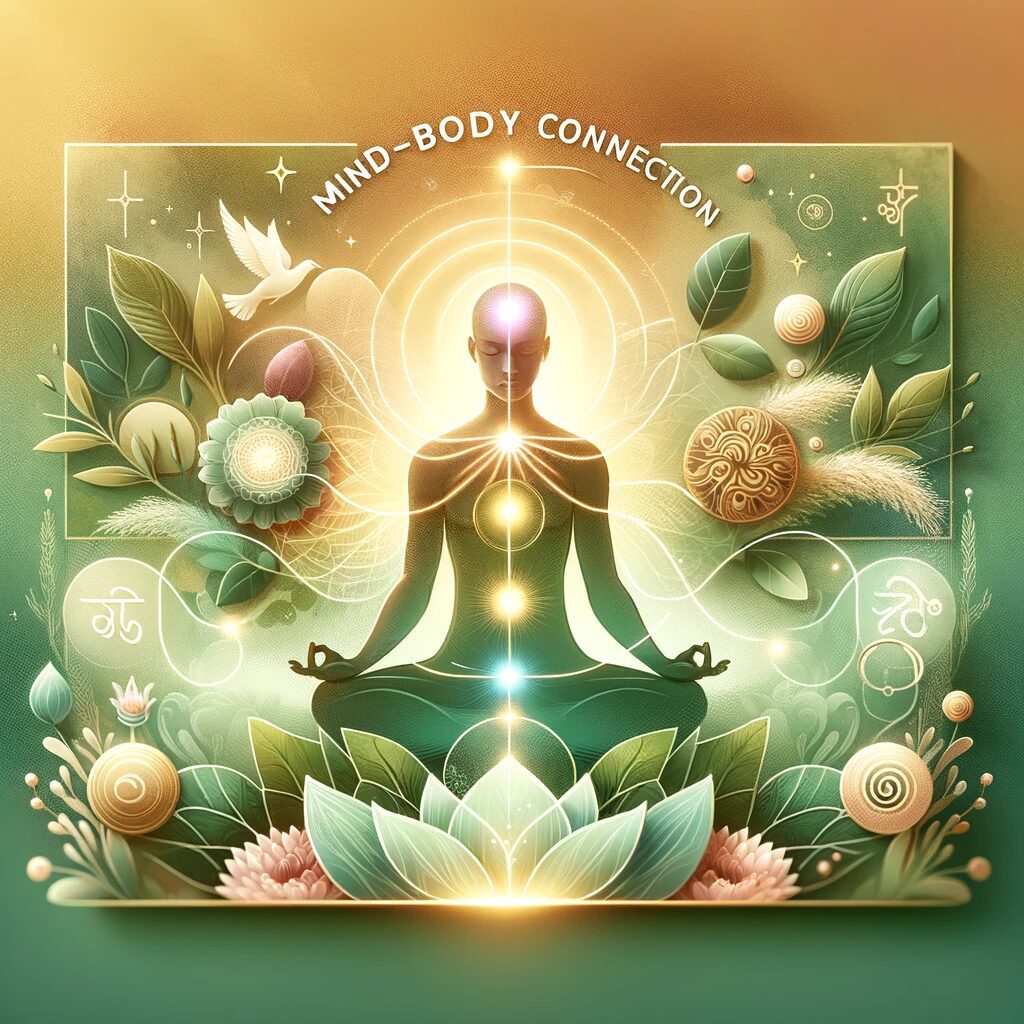
The Mind-Body Connection in Ayurveda
Mental health matters for physical health. Issues such as stress or depression are tied to physical health problems of their own, like heart disease, a weaker immune system, and chronic pain. It’s certainly possible for people with these physical problems, or a long list of others, to overcome them by addressing their mental and emotional needs.
Meditation and yoga regularly call the focus back to the mind-body connection. Mental, emotional, and physical activities are understood to be quite interconnected. Heart rate, blood pressure, and digestion are not purely automatic within our physiology, which is the case for creatures like jellyfish or many types of worms, as well as the condition of our knee joints or the discs in our spine. The brain is involved in everything we do.
Countless techniques for handling stress have developed from Eastern cultures practicing yoga and Chinese martial arts, which are referred to as nostril breathing, segmented breaths, and cycles of breath. While they seem pointless to practice as a homework assignment this week, I’ll encourage you to try through trial and error. These are called meditative techniques for a reason. They’ll be more challenging to practice successfully if you fail to expose yourself to practice clear thinking, with a dedication to realizing better physical health and strength, by practicing meditation first.
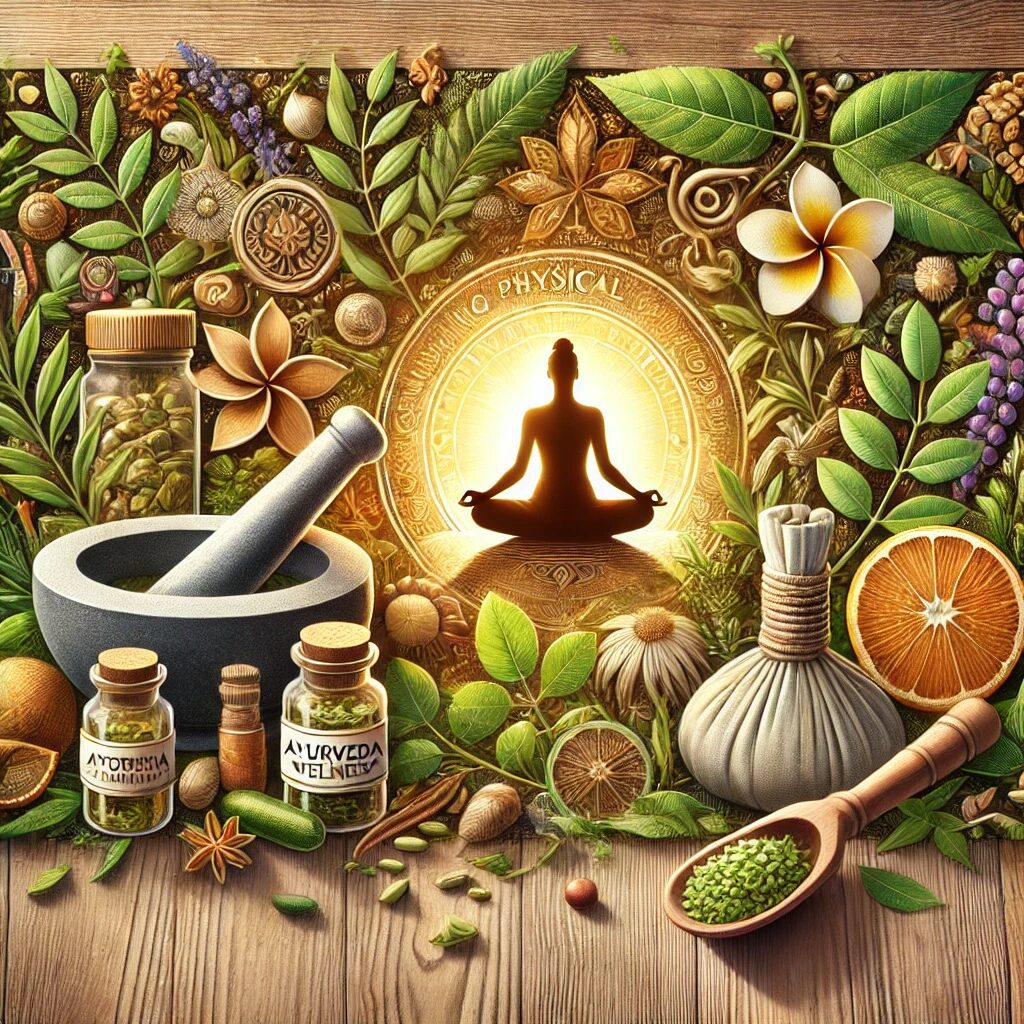
Natural Remedies for Physical Health
Ayurveda, the ancient Indian science of life, uses herbs as medicines to increase health and span life. You may have heard of herbs like Ashwagandha and Turmeric, which are championed in Ayurveda for their many incredible benefits. Ashwagandha is most well known as an “adaptogen,” or a substance that enhances the body’s ability to reduce anxiety and stress and increase energy; this makes it an “adaptogen.” Turmeric is an herb plant known for the Indian spice, “turmeric powder,” a signature yellow color used in many curry recipes; the yellow color results from an active compound in turmeric, “curcumin.” Using the powder of this plant in one’s daily diet will add powerful anti-inflammatory and antioxidant properties to one’s body. This can help with so many things!
Besides herbal medicines, the diet regimen holds a crucial position in maintaining the health of the body in Ayurveda, as it ought to. The specifics of how to follow an Ayurvedic diet depend on your constitution. I will mention specifics about my Ayurvedic diet are general guidelines almost always attached to “Ayurvedic Diet” by “Google” lists. These guidelines include eating a diet full of various colors; politics might be best kept simple, but your diet must be diverse and complex. Eat organic, whole foods to avoid “industrial strength” pesticides, among other obvious reasons. These simple and underrated words will keep you busy for quite some time!

Lifestyle Changes for Optimal Wellness
“Dinacharya,” or a daily routine, is necessary for physical health in Ayurveda. The disease occurs with disruption. Regular daily practices are recommended to keep your “humors” or “doshas” undisturbed and balanced. It is recommended that everyone has some form of daily routine through practices to enhance the body, mind, and spiritual health and to lead a more “sattvic” or peaceful life. One of the practices within “dinacharya” is to do oil pulling and tongue scraping first thing in the morning. Both fall under the “up karma” procedures, which I consider both mental and spiritual enhancing. The former is a general “Pancha karma,” like the procedure that removes toxins (as does eating vibrant, live, colorful, whole, non-processed foods). The latter is influenced by the same basic and simple but predominant “Pancha karma,” like procedure-based practices that ideally are practiced as often as possible or preferably every day.
Some form of relevant physical exercise is also expected daily, as the “sattvic” mind cannot fully develop without a physically healthy body. For example, “Vatas” exercises, yoga, or stretching, are the best because this type of flexible exercise helps to ground ‘Vatas.’ ‘Pittas’ like to do athletic competitions, which is (to them) usually considered a ‘fun’ thing. Also, swimming is a good exercise, as the water is cooling and pacifying to ‘Pittas.’ On the other hand, the ‘Kaphas’ exercise, which is any intensely stimulating, energetic exercise, is ideal. Therefore, just like before, as in “Svasthavritta,” it is up to you. A daily physical routine broadens and creates more variances and more profound levels of Ayurveda, just like some of the other things you would like to do (within the scope of Holistic-based practice) would preferably be catered to based upon your “doshas'” balance or imbalance. How extensive, or even extensive, you would like to take this is up to you, as well as how long you want to make a 24-hour day and your lifestyle!”
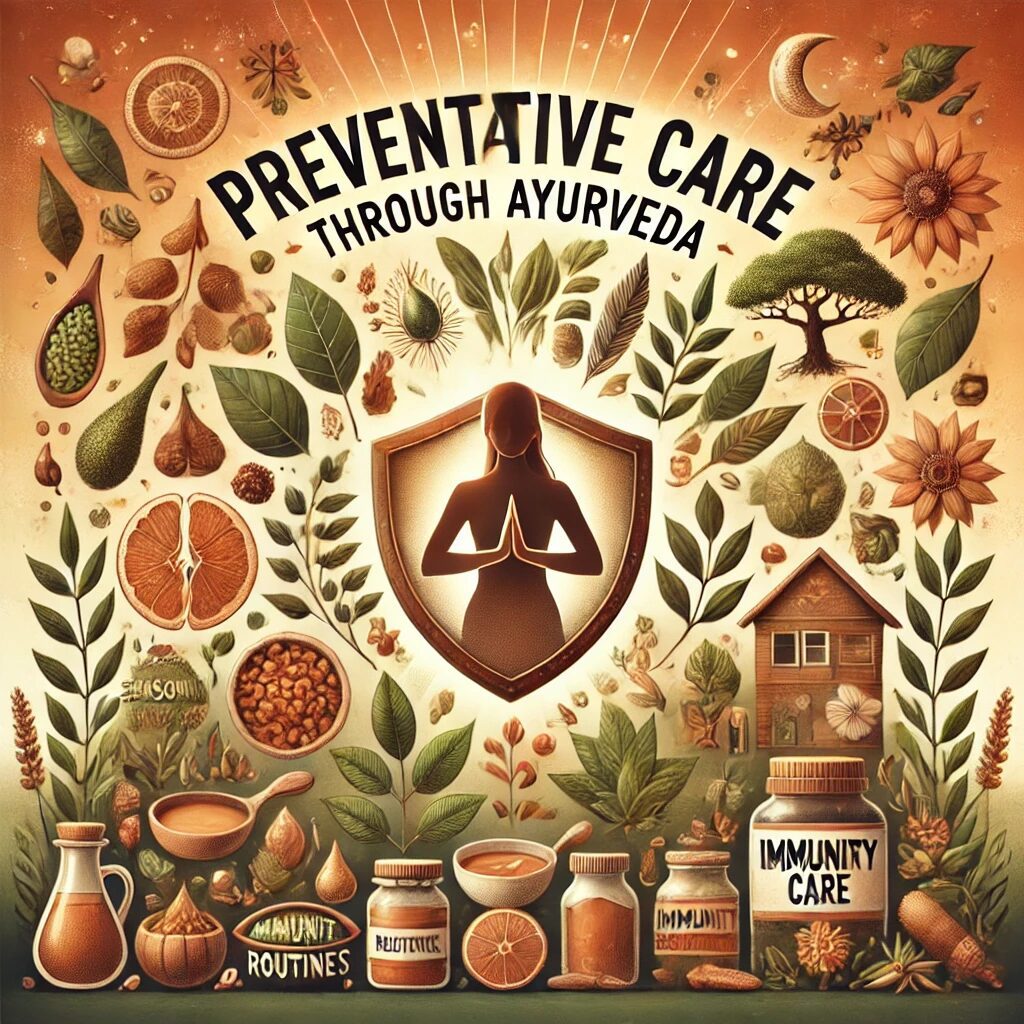
Preventative Care through Ayurveda
This system of medicine is very proactive. Instead of waiting for us to get sick before we act, the primary aim is always to prevent illness and disease. This proactive approach helps us lead a life that will create a balance in the body and avoid disharmony.
This approach to self-awareness and self-discovery is not limited to diet. None of us want to rush headlong into illness. Therefore, it only makes sense that, at reasonable junctures, we check in with how we’re feeling and make minor, easy course adjustments if required. Other than simple trial and error, Ayurveda has a simple but highly effective set of self-assessment techniques that will guide us by promoting balance and, thus, good health.
Ayurveda’s practical approach to balance can easily be integrated with other forms of complementary medicine, such as acupuncture and herbal medicine. To this end, an existing complementary medical prescription can be further trimmed and fine-tuned in harmony with Ayurveda. It’s like test-driving a car and then asking the salesman whether the seat can be reupholstered in a different color: of course, done!
If you can consult with someone before jumping into a newly discovered health field to get back in shape, then I recommend doing that. A healthcare professional should guide you. They could, for example, suggest that you do not follow a course of treatment or dosha balancing should you unknowingly have too much ama in your system, the cleansing effects of which may bring more harm than good. As with any self-help course, consult a healthcare professional before attempting the major overhaul.
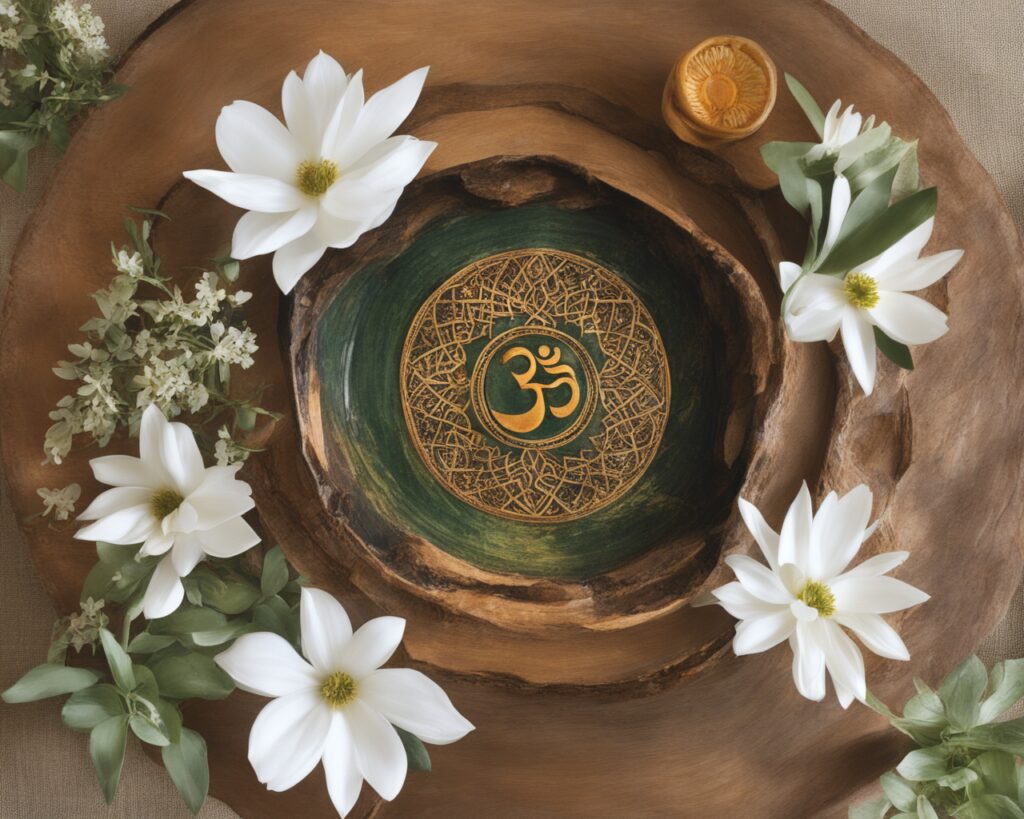
Injecting Ayurveda into your day might make all the difference. Focusing on good health through a holistic approach: eat for your body (dosha), understand your personality (dosha), and adopt new daily routines (down to understanding your best times to eat to reduce sluggish digestion). Treatments are plant-based and oral (eat this root) rather than ointments (put this on your skin), so expect only food-grade options.
Ayurvedic coaches believe that treatment should be preventative, not curative medicine. The biggest game-changer is the body typing. Just try it: eat for your season and avoid the foods meant to reduce “hotness” in your gut in the middle of summer. Similarly, nobody wants “grains” and “clouded judgment,” usually followed by just a few too many carbs (day party people!), so try prioritizing veg in your diet over complicated (but delicious—heavenly) yeasted bread and pastries for size. It’ll change your summer entirely. Go to “there” and step into “summer 2.0”: sharper, more precise, and less “boated.” Ayurveda for the win. If interested, go to treatment or take a Zoom workshop. Sure, read this book. But to get the most out of it, most of you will need the support of a well-qualified Ayurvedic doctor, M.D., or B.A.M.S. fully compliant in this field (all the doctors I know are just shy of a surgeon or psychiatrist).
To learn more, visit Ayurveda at Namaste Studios to book an Ayurveda session. Additionally, you can find more of our Ayurveda Blogs here.
For a Limited Time: Get your NEW MOON JOURNAL for a massive discount at Amazon here!
Bonus for blog readers: Watch how this Hybrid AI chatbot can save thousands of hours interacting with your clients. Click here for a FREE WEBINAR – It’s AMAZING!




